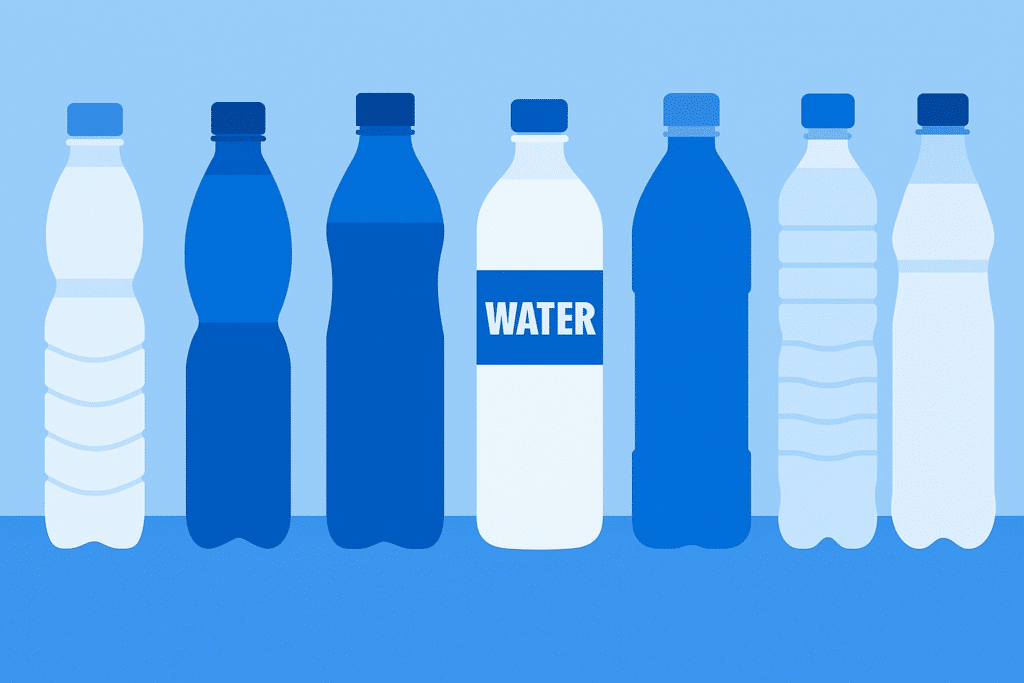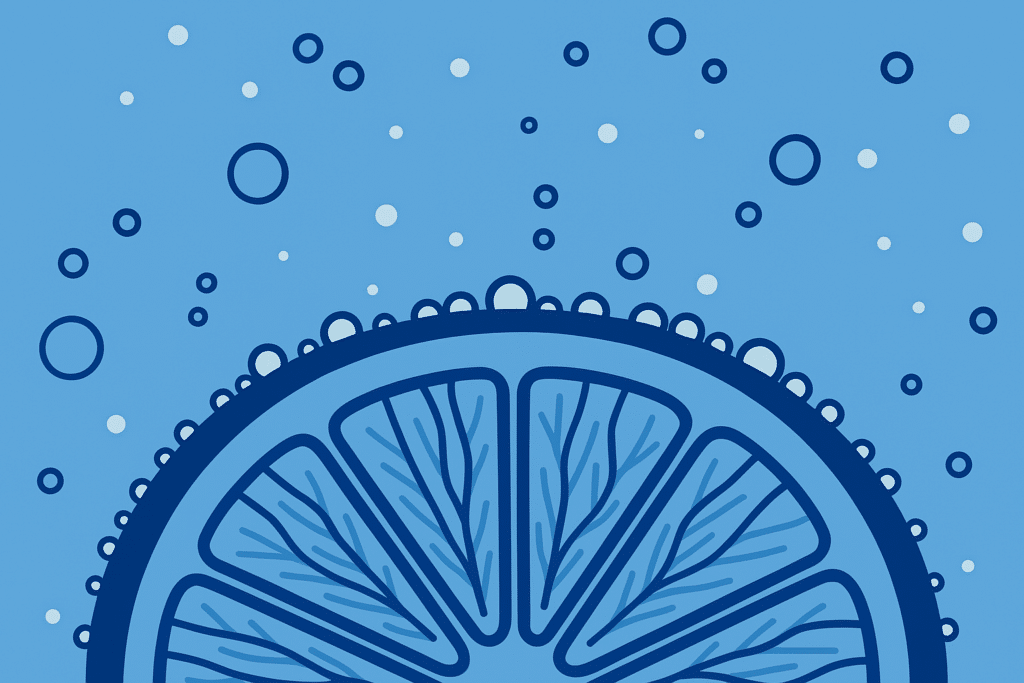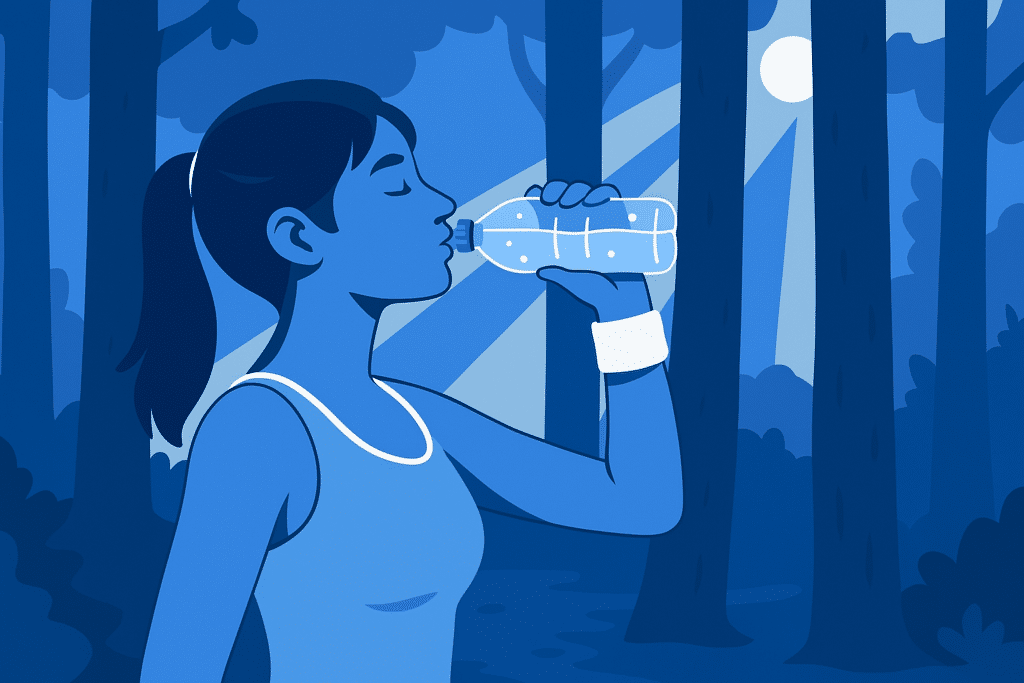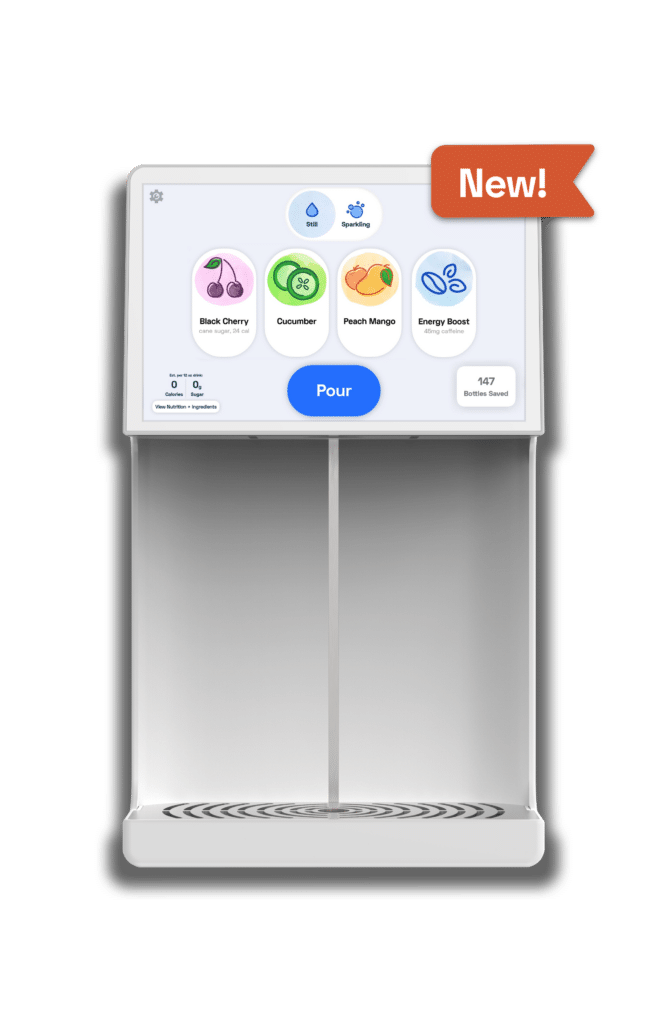March 31, 2025. One of the best things about flavored water is simple: people drink more of it. A clean citrus note, a splash of melon or berry—it helps the glass go down faster, and makes you want another. In fact, 82% of people say flavors make water more palatable and interesting. And when you drink more water, you stay better hydrated, which means clearer thinking, better mood, better days.
But is flavored water good for you? Not just more enticing to drink?
That depends on three things: the quality of the water itself, the ingredients responsible for the flavor, and how much of it you’re drinking.
If you’re trying to figure out whether that new bottle in your hand is worth drinking—or if your flavored water habit is helping or hurting—here’s a thee-point checklist to run through.

1. How is the flavored water packaged?
The vessel matters more than most people realize. It’s not just what’s in the water; it’s what the water’s been sitting in.
Plastic bottles
If you’re getting flavored water from a single-use plastic bottle—no matter the quality of that plastic—there’s likely thousands, if not hundreds of thousands of plastic particles floating around in the water. Plastic beverage bottles break down a lot between the time it’s packaged to when it’s consumed.
Aluminum cans
While recyclable, aluminum cans have been found to contain higher concentrations of endocrine-disrupting chemicals, such as bisphenols, compared to other packaging materials. These substances leach into the flavored water.
No packaging at all
If you’re getting flavored water dispensed to you, right into your reusable cup, glass, or reusable water bottle, after it passes through a high-quality filter, you can dramatically minimize exposure to these nasty contaminants associated with packaged beverages.

2. What’s giving it that flavor?
When you’re looking at a bottle of flavored water, don’t just scan the calorie count—look at the ingredients.
- Real fruit juice or fruit infusion: This is your best-case scenario. Simple ingredients you recognize.
- Natural flavors: Often extracted from fruit via vapor or solvents. Less transparent than real juice, but a reliable way to get a subtle and refreshing flavor that travels well and has a more respectable shelf life.
- Artificial flavors: If the ingredient list starts reading like a chemistry experiment, that’s your cue to put it back down. You shouldn’t need a search engine to understand what you’re drinking.
Now check for sweeteners.
- Too much sugar: Even if it’s “natural” (like cane sugar), the total amount matters. A few grams? Fine. A few bottles a day at 15 grams a pop? You’ve wandered into soda territory.
- Artificial or zero-calorie sweeteners: Stevia leaf, erythritol, sucralose: as far as natural or artificial sugar substitutes, it’s best to approach both in moderation. That being said, opting for a natural sweetener over an artificial one is, well, more natural.

3. How much are you actually drinking?
Daily intake changes the answer to whether flavored water is good for you.
If it’s sweetened—naturally or artificially, consider both along the same line—keep your flavored water intake to a moderate amount. If it’s unsweetened, you’ve got more freedom. The safest bet is flavored water made with clean, real ingredients.
Bevi’s flavors, for example, are naturally derived from real sources like fruit. All but two come with no added sweeteners or calories.
For some people, adding flavor is the only way to drink enough water each day. If that’s you—and you’ve checked off the first two items on this list—then drinking plenty of it makes sense.
So, is flavored water good for you?
It can be. It often is. Especially if the ingredients are clean, the packaging is safe. Like most things: it’s about the context, the inputs, and the quantity.
Flavored water can be a way to make drinking water feel less like a chore. Use this list to make sure it’s not your health doing the extra work.






